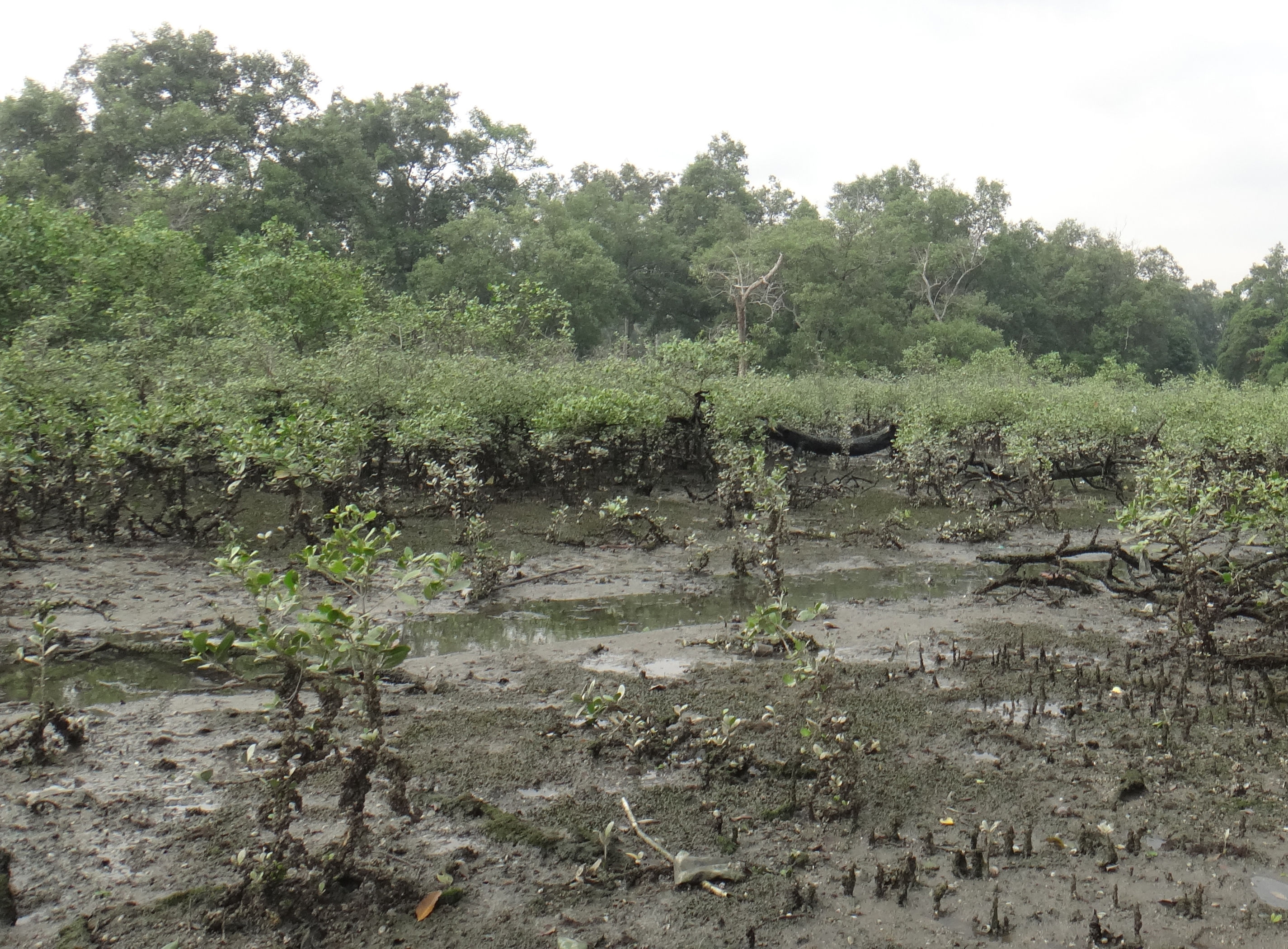| Citation |
|
Description |
Geographic Range [top]
Range Description: Halodule uninervis has a wide Indo-Pacific distribution. In the Pacific, it is found in southern Japan, Taiwan, the Philippines, Malaysia, Indonesia, throughout the Gulf of Thailand and along the coast of Vietnam and southern China. It occurs throughout insular Southeast Asia, northeast to the Northern Mariana Islands, Micronesia, and southeast to the Fiji Islands, as well as across northern Australia and the Great Barrier Reef.
Geographic Range [top]
Range Description: Halophila beccarii has a disjunct and fragmented distribution in the Indo-Pacific. In the Pacific, it is found from southern China to Singapore, Sarawak (Malaysia), and the northwestern Philippines. In the Indian Ocean, it occurs from Malaysia, throughout the Bay of Bengal and along the west coast of India.
Countries occurrence:
Native:
Bangladesh; China; India; Malaysia; Myanmar; Philippines; Singapore; Sri Lanka; Thailand; Viet Nam
FAO Marine Fishing Areas:
Native:
Indian Ocean – western; Indian Ocean – eastern; Pacific – northwest; Pacific – western central
Estimated area of occupancy (AOO) - km2: 2000
Range Map: Click here to open the map viewer and explore range.
Population [top]
Population: Global population trends for Halophila beccarii are declining.
Halophila beccarii is common in intertidal areas in Bangladesh and India. It is common in seaward mangroves and lagoons in Malaysia and Thailand and in mud flats and seaward mangrove areas in China. The population is thought to be stable in Thailand. It is also stable in India, and in some places is increasing. The population is decreasing in Malaysia due to competition with Halodule pinifolia and habitat loss from mangrove destruction and coastal development.
Current Population Trend: Decreasing
Additional data:
?Population severely fragmented: Yes
Habitat and Ecology [top]
Habitat and Ecology: Halophila beccarii is found in the upper intertidal zone and grows on mud or muddy sand substrates in estuarine and coastal areas. This species is fast-growing with large seed production. It is a colonizing species. This species flowers year round and has annual and perennial populations in Malaysia and Bangladesh. In India, it acts as a pioneer species in the succession process leading to mangrove formation.
This species has a narrow, restricted depth range right at the intertidal zone. It has a wide salinity tolerance (euryhaline) and can recover quickly from disturbance, such as increased sedimentation.
This species is one of two in the oldest lineage of seagrasses, and therefore has a high evolutionary value (i.e., living dinosaur).
Systems: Marine
Generation Length (years): 1
Threats [top]
Major Threat(s): Halophila beccarii is susceptible to a number of threats due to its very narrow restricted habitat in the intertidal zone.
Major threats to Halophila beccarii include destruction from cyclones, waves, intense grazing and infestation of fungi and epiphytes. Other threats include mangrove destruction, coastal development such as construction of harbours or jetties, ponds for shrimp farming, mining (Philippines, Thailand and Malaysia), sand dredging for landfills and anchoring and moving of boats, discharge of sediments, untreated sewage disposal, and aquaculture.
Areas where this species occurs are often rich in molluscs, thus this species can be threatened during mollusc harvesting, and other types of harvesting that use pull-nets.
Conservation Actions [top]
Conservation Actions: Halophila beccarii has no specific conservation measures. It is often protected when it is present in mangroves in Marine Protected Areas (MPAs).
Recommended conservation measures are to control the impacts from coastal development, mangrove destruction, and building aquaculture farming (particularly shrimp ponds).
Citation: Short, F.T., Coles, R., Waycott, M., Bujang, J.S., Fortes, M., Prathep, A., Kamal, A.H.M., Jagtap, T.G., Bandeira, S., Freeman, A., Erftemeijer, P., La Nafie, Y.A., Vergara, S., Calumpong, H.P. & Makm, I. 2010. Halophila beccarii. The IUCN Red List of Threatened Species 2010: e.T173342A6995080. http://dx.doi.org/10.2305/IUCN.UK.2010-3.RLTS.T173342A6995080.en. Downloaded on 08 June 2016.
Disclaimer: To make use of this information, please check the .
Feedback: If you see any errors or have any questions or suggestions on what is shown on this page, please provide us with feedback so that we can correct or extend the information provided
|

